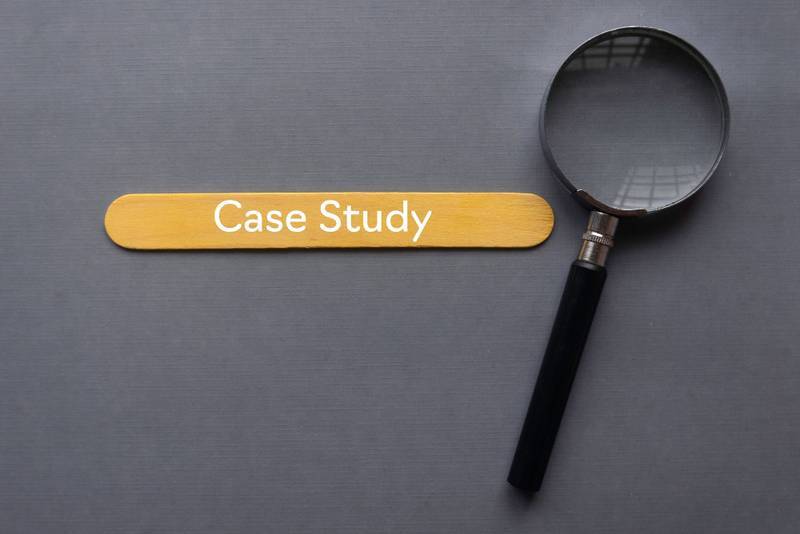As Africa continues to expand its renewable energy initiatives, industrial tapes are playing a vital role in enhancing efficiency and reducing costs in wind and solar projects. These tapes offer lightweight, durable, and versatile solutions for bonding, sealing, and maintenance, which are critical in extreme environmental conditions.
This guide explores real-world applications of industrial tapes in wind and solar energy projects, showcasing their effectiveness in addressing unique challenges.
Why Industrial Tape is Essential in Renewable Energy
1. Durability: Withstands harsh conditions like UV exposure, high winds, and temperature fluctuations.
2. Efficiency: Simplifies installation, reducing labor time and overall costs.
3. Versatility: Adapts to diverse needs, from structural bonding to weatherproofing.
Case Study 1: Blade Repairs in Wind Turbines
Challenge: A wind farm in Kenya experienced frequent blade damage due to high-speed winds and debris impact. Traditional repair methods were time-consuming and costly, resulting in significant downtime.
Solution: Using reinforced industrial tape designed for high-stress environments, technicians performed quick repairs directly on-site.
Outcome:
• Reduced Downtime: Repair times were cut by 50%, enabling turbines to resume operation faster.
• Cost Savings: Eliminated the need for specialized tools and labor-intensive processes.
• Improved Durability: The tape provided a strong, weather-resistant seal, preventing further damage.
Recommended tape: Reinforced repair tape with UV and weather resistance.
Case Study 2: Solar Panel Bonding
Challenge: A solar farm in South Africa faced difficulties securing panel frames due to extreme heat, causing adhesive failures and mechanical fastener corrosion.
Solution: Transitioning to double-sided acrylic foam tape provided a durable, flexible bonding solution that withstood temperature fluctuations.
Outcome:
• Enhanced Stability: Strong adhesion ensured panel frames remained secure under varying conditions.
• Streamlined Installation: Faster application reduced installation time by 30%.
• Environmental Resistance: The tape maintained its performance despite prolonged exposure to UV rays and heat.
Recommended tape: Double-sided acrylic foam tape for high-temperature and UV resistance.
Case Study 3: Weatherproofing in Solar Energy Projects
Challenge: In a solar installation in Nigeria, frequent rains led to water ingress in junction boxes, causing electrical failures and maintenance disruptions.
Solution: Applying butyl sealing tape created watertight seals around junction boxes, connectors, and cables.
Outcome:
• Improved Reliability: Eliminated water-related faults, ensuring uninterrupted energy production.
• Reduced Maintenance Costs: Maintenance needs were reduced by 40%.
• Long-Term Protection: The tape provided a durable seal, resisting weather and environmental stress.
Recommended tape: Butyl sealing tape for waterproofing and flexibility.
Case Study 4: Corrosion Protection for Wind Turbine Components
Challenge: A wind farm in Morocco experienced corrosion on metal components due to salty coastal air, compromising turbine performance.
Solution: Wrapping exposed components with aluminum foil tape created a protective barrier against moisture and corrosion.
Outcome:
• Extended Lifespan: Prevented further corrosion, extending the life of critical parts.
• Cost Efficiency: Avoided costly replacements and repairs.
• Ease of Use: The tape was easy to apply, even in hard-to-reach areas.
Recommended tape: Aluminum foil tape for corrosion resistance and durability.
Case Study 5: Vibration Dampening in Wind Turbines
Challenge: Vibrations from turbine operations caused wear and tear on components, leading to frequent repairs and decreased efficiency.
Solution: Installing viscoelastic damping tape on structural components significantly reduced vibrations and noise.
Outcome:
• Increased Efficiency: Reduced wear improved turbine performance.
• Enhanced Comfort: Noise levels were lowered, benefiting nearby communities.
• Prolonged Equipment Life: Reduced vibration stress prevented premature component failure.
Recommended tape: Viscoelastic damping tape for vibration control.
Key Takeaways for African Renewable Energy Projects
1. Application-Specific Solutions: Choose tapes tailored to the specific challenges of wind and solar energy projects.
2. Environmental Adaptability: Ensure tapes can withstand Africa’s diverse climates, from heat to coastal conditions.
3. Reliable Suppliers: Partner with experienced suppliers to guarantee access to high-quality industrial tapes.
4. Long-Term Savings: Invest in durable tapes to minimize maintenance costs and maximize operational uptime.
Conclusion
Industrial tapes have proven to be indispensable in African renewable energy projects, offering innovative solutions for bonding, sealing, and protection. By addressing challenges like weather, corrosion, and vibration, these tapes ensure the durability and efficiency of wind and solar installations.
As Africa continues to prioritize renewable energy, industrial tapes will play an increasingly important role in supporting sustainable, cost-effective growth.






